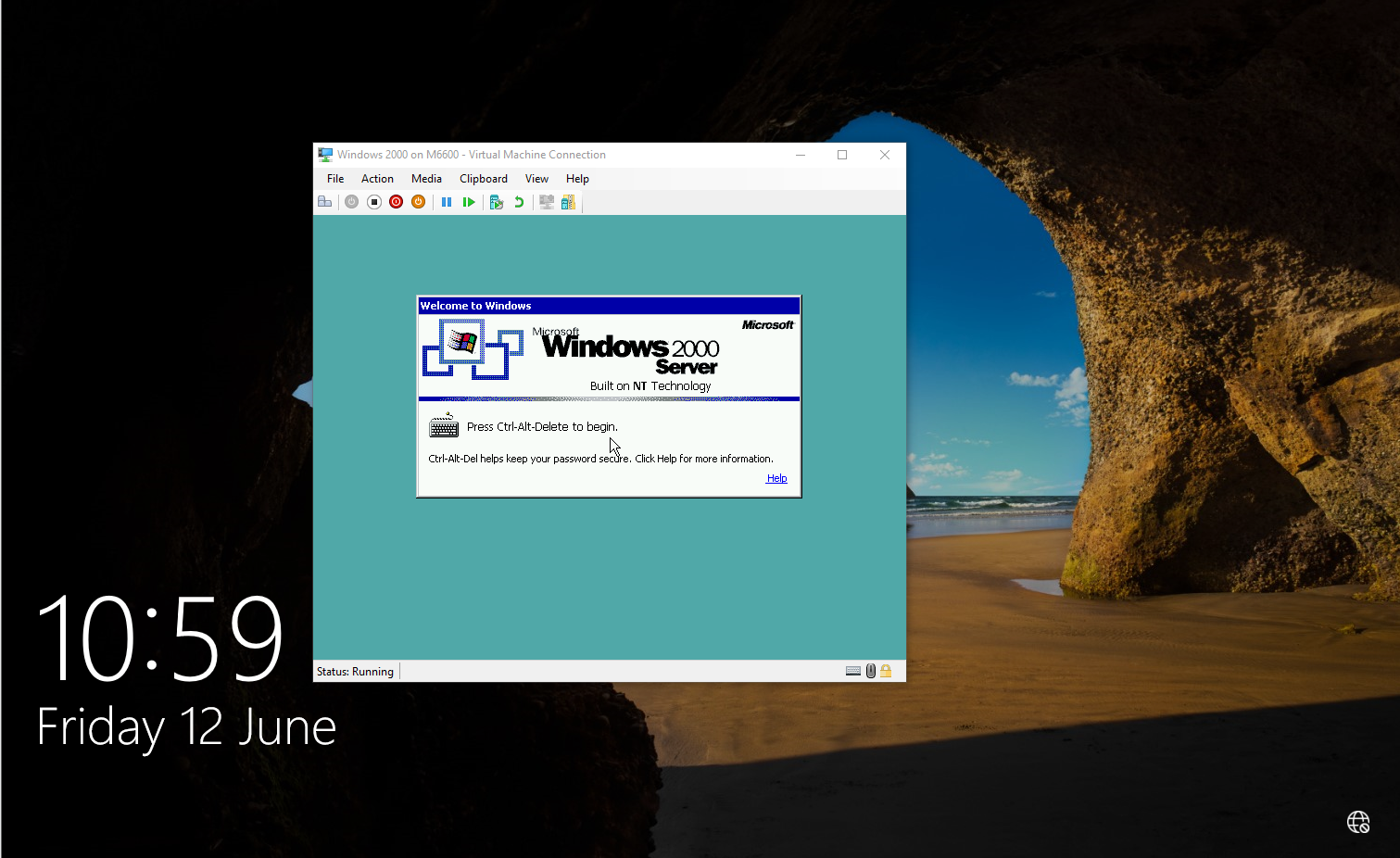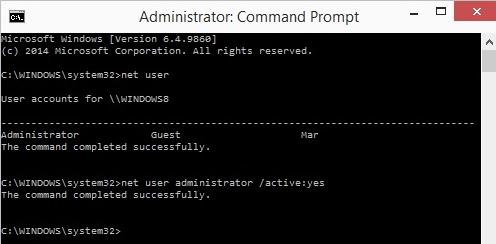
- #VMWARE PLAYER FOR WINDOWS 10 WITH HYPER V FOR FREE#
- #VMWARE PLAYER FOR WINDOWS 10 WITH HYPER V INSTALL#
- #VMWARE PLAYER FOR WINDOWS 10 WITH HYPER V FULL#
- #VMWARE PLAYER FOR WINDOWS 10 WITH HYPER V PRO#
ConclusionĪlthough VMware Workstation is not a free product, I think it’s worth the investment especially that the price is relatively low. I am not a big fan of the VirtualBox interface but it’s a personal preference.
#VMWARE PLAYER FOR WINDOWS 10 WITH HYPER V FOR FREE#
Surprisingly, the free VirtualBox can do most if not all of it for free so please check it out before you spend money on VMware. Not that anyone would do it, but we could. For example, we could run a Linux VM in Unity mode and be able to access VIM from Windows. Unity mode blends the VM and the host into one desktop.
#VMWARE PLAYER FOR WINDOWS 10 WITH HYPER V FULL#
We can run the VM typically in a window, full screen, or the Unity Mode. This can be customised in VMware workstation, as well as custom DHCP ranges defined and the lease time.Īnother useful, although not a deal-breaker for me, is the integration with the host’s desktop. With Hyper-V, every time a VM starts it gets a new IP. Sometimes, we want to have a test VM running for a few days or even a few weeks on the same IP. As far as I am ware, Hyper-V does not allow to configure the internal V-Net DHCP. Advanced Network Configuration Custom DHCP OptionsĪnother deal-breaker. If you have a team of developers they would be able to clone from pre-existing templates prepared for them. I don’t use templates as Syspreping is too much hassle for my needs.Īnother benefit of templates in VMware world is that they can be shared by multiple users. When you then clone the template to provision a new VM, the OS will start at the OOBE (Out Of Box Experience) screen.
#VMWARE PLAYER FOR WINDOWS 10 WITH HYPER V INSTALL#
To create a template, you create a new VM, install the OS, updates and patches and all the software you want and then “Sysprep” it. Templates allow quick provisioning of a VM without having to install the OS and the related software and patches from scratch every time we need a new VM.

This is a critical feature and it means I can have hundreds of different virtual machines cloned with different configuration and only using few megabytes. In a similar way, linked clones will not use any additional space unless modifications are made. Linked Clones are like database snapshots in SQL Server, they do not use any space unless modifications are made and are instant. Similar to clones but with the added benefit of not using the extra disk. If you are a Hyper-V user, think about if you could run a new VM from a snapshot of the existing VM. More on that later:Ĭlones are the exact copy of the parent VM so they will have the same hostname and but it can be easily handled via a simple PowerShell script on startup. They are my templates but not actual VMware Templates. I have “master” VMs that only contain the Windows Server. I may also want multiple parallel configurations running over a longer period of time so a simple snapshot approach would be much more convoluted if possible at all. If I want to test specific configurations that I have not got yet, I will simply clone the existing VM and modify/update/patch or whatever needs doing to meet the criteria. Once I’m done the clone goes away and the parent VM stays untouched. If I need a new instance of a SQL Server to test a specific build I would simply clone the specific VMs and play with it.

ClonesĪs a developer, I want things to happen quickly and be repeatable. Running applications in production is a different game and is out of scope for this discussion.

I am writing specifically about my own requirement and experience for a local development environment.
#VMWARE PLAYER FOR WINDOWS 10 WITH HYPER V PRO#
VMware did not pay me to write this, I am just sharing my experience as some may find it useful when making a decision.Īt the time of writing (June 2020) I am using VMware Workstation Pro 15.5 I am not benefiting in any way from this post.

This post is based on recent Twitter conversations where few people asked what everyone is using for local development. Hyper-V is part of Windows and is an obvious choice for many. Being able to run virtual machines on our local computers, whether for testing or development is very convenient and almost natural.


 0 kommentar(er)
0 kommentar(er)
